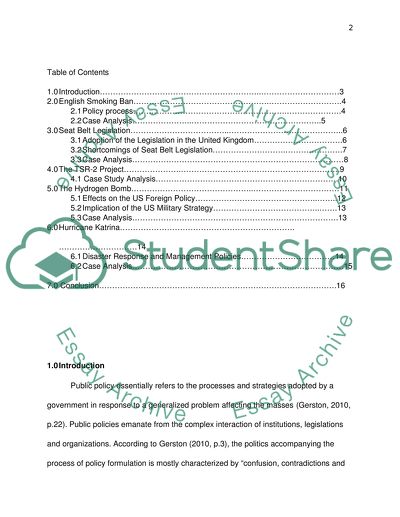Cite this document
(“School of Social Science and Public Policy. Case Studies in Policy Essay”, n.d.)
Retrieved from https://studentshare.org/history/1396709-school-of-social-science-and-public-policy-case
Retrieved from https://studentshare.org/history/1396709-school-of-social-science-and-public-policy-case
(School of Social Science and Public Policy. Case Studies in Policy Essay)
https://studentshare.org/history/1396709-school-of-social-science-and-public-policy-case.
https://studentshare.org/history/1396709-school-of-social-science-and-public-policy-case.
“School of Social Science and Public Policy. Case Studies in Policy Essay”, n.d. https://studentshare.org/history/1396709-school-of-social-science-and-public-policy-case.


